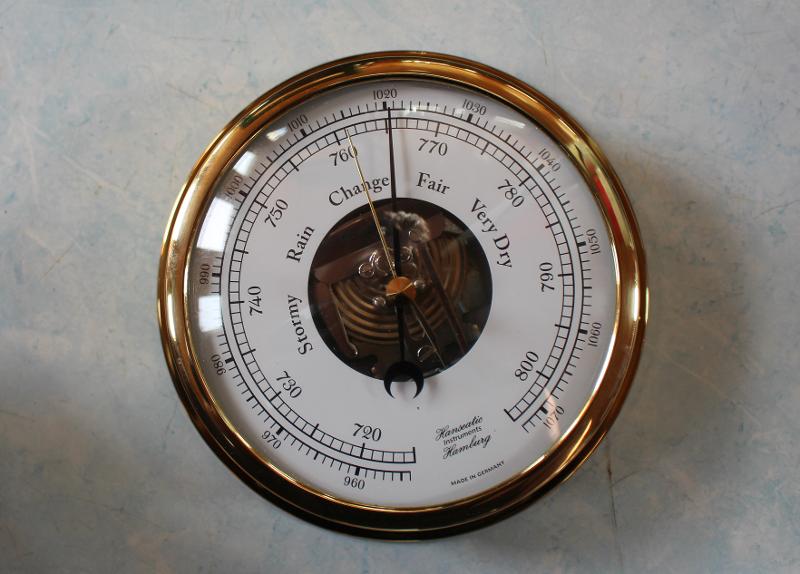State Crime Lab's Cover-Up: 2016 Barometer Failure Exposed

In a not-as-shocking-as-it-should-be revelation, Ramsay Law Firm uncovered more corner-cutting by the Minnesota Bureau of Criminal Apprehension. This time, the state crime lab concealed a significant problem with their reference barometer – dating all the way back to 2016!
This “reference barometer” is an absolutely critical instrument, used to calibrate all of the breathalyzers throughout the state of Minnesota, yet was found to be out of specifications by a calibration lab. The implications of this discovery are staggering, casting a long shadow of doubt over the accuracy of countless breathalyzer tests and, consequently, the integrity of numerous DWI convictions and Implied Consent revocations.
What makes this revelation even more disturbing is that it has only come to light now, in 2024, and not due to transparency or reporting by the Minnesota BCA. No, we are only finding out about this due to a Minnesota Government Data Practices Act request (Minnesota’s version of the Freedom of Information Act, used to get data from government agencies.
This certainly suggests a deliberate attempt by the state crime lab to bury this information and avoid the potential fallout from admitting that their calibration equipment was known to be faulty. What we know is that the state crime lab's quality assurance department, initially recognizing the gravity of the situation back in 2016, pushed for a resolution. However, the scientists in the breath lab who, inexplicably, downplayed the importance of the barometer in the calibration process, left the out-of-specification reference barometer in its faulty state. This baffling disregard for the potential consequences of inaccurate breathalyzer readings raises serious questions about the lab's commitment to upholding justice and ensuring the reliability of the evidence they produce.
The failure to disclose this critical information to the public from roughly 2014-2016 represents a gross injustice. We’d hope for more transparency, given the trust placed in the Minnesota BCA to maintain the highest standards of scientific integrity and transparency. The individuals whose lives have been impacted by potentially faulty breathalyzer readings deserve answers and, more importantly, justice.
At this point, it is imperative that all cases in which the out-of-specification barometer was used be reopened and scrutinized. The validity of the breathalyzer readings in these cases must be called into question, and if necessary, convictions overturned. This is not merely a matter of legal technicalities; it is about upholding the fundamental principles of fairness and due process.
Stay tuned as this situation develops in DWI court cases around Minnesota.

